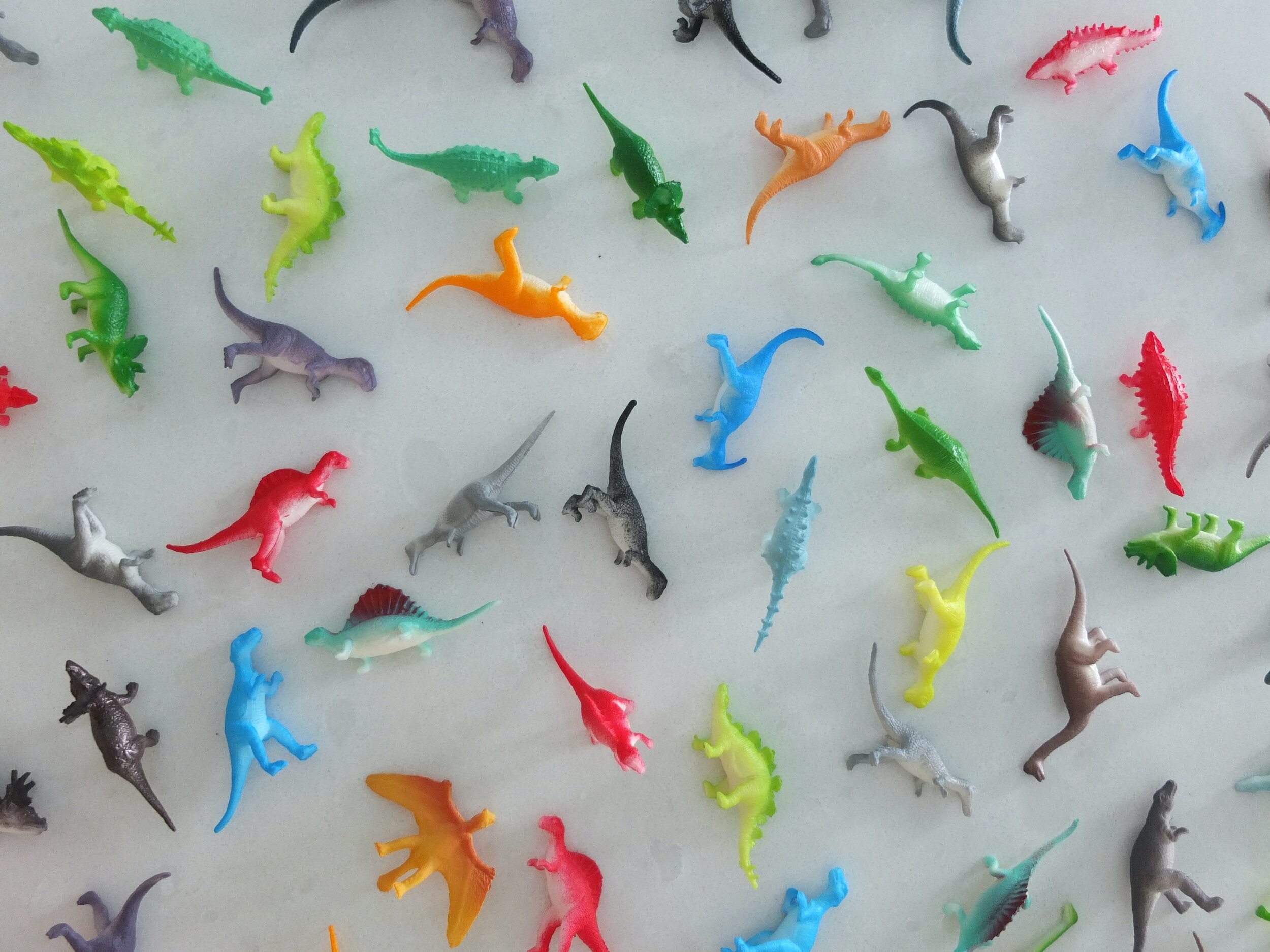Phthalates
What are phthalates
Phthalates are a group of chemicals (including DEHP, DINP, DBP, DEP) used to soften and increase the flexibility of plastic and PVC (vinyl). They can be found in hundreds of consumer products, from toys to electronics, from flooring to shower curtains and from lotions to body wash. Since phthalates do not chemically bound to the plastics they´re added to, they continue to be released long after you´ve bought them. Children are especially vulnerable to exposure to phthalates because they put so much in their mouths and because they have developing nervous and reproductive systems.
It may sound crazy but many medical devices, such as catheters and IV equipment, are made with PVC, even the ones used in the Neonatal Intensive Care Unit and other baby and child care areas. Phthalates can leach out of the devices into stored liquids, like blood, plasma, and intravenous fluid, the FDA recommended in 2002 that healthcare providers avoid using intravenous bags, tubes, and other devices containing the phthalate DEHP when treating premature babies and women who are pregnant with male fetuses. So, some hospitals are now phasing phthalate-containing PVC out of neonatal intensive care units.
Bans
In the USA the use of DEHP, DBP and BBP was banned in 2008 in the CPSIA (Consumer Product Safety Improvement Act of 2008) and placed an interim ban on DINP, DIDP and DnOP. The difference between the ban and the interim ban is that the interim banned phthalates limits apply to children's toys that can be placed in a child's mouth whereas the permanent ban applies to any children's toy. As a result of these policies exposure to certain phthalates has declined while exposure to less regulated phthalates appears to have increased. In 2014, the government's scientific panel recommended making four of the bans permanent, and banning an additional four phthalates.
In 1999 Europe banned DEHP, DBP and BBP in all toys and childcare articles, and DINP, DIDP and DNOP from use in toys and childcare articles for those articles that can be put children’s mouths. But only recently has The European Union (February 2017) identified four synthetic chemicals (DEHP, DIBP, DBP and BBP) as endocrine disrupting chemicals (EDC´s) for human health. This means that these chemical substances have been included in the list of REACH substances of very high concern because of equivalent concern of “endocrine disrupting” properties in humans. Note that these bans don´t mean that products are totally phthalate-free, it means that phthalates in products have to be under a certain percentage (0.1% in both the US and Europe). Phthalates can still be found in cosmetics, as the FDA has chosen not to take regulatory action against the use of DBP and DEHP in cosmetics. The European Union (EU) did prohibit the manufacturing and sale of cosmetics containing these ingredients in 2004.
Exposure
There are a number of ways in which our kids are exposed to phthalates. First of all via their mouths by ingestion, by chewing and sucking on toys, but also if your toddler plays with a toy and then sucks his fingers. We also ingest it by eating and drinking food and drinks that have been contaminated via food packaging and plastic bottles that have leach phthalates into them. Second, via their mouths by inhalation, by breathing in dust or fumes from products that contain vinyl, like vinyl seating and vinyl flooring. Thirdly, phthalates can enter the body via absorption, by putting lotion or deodorant, or whatever cosmetic product, on your skin. The chemicals can be absorbed through the skin and into the bloodstream. This is a concern not only for babies, kids and adults, but especially for pregnant women, since phthalates can cross the placenta and in this way can be passed to the baby.
To minimize exposure by absorption by our little ones, there are a number of things we can do. First of all, limit the amount of baby care products you use. Second, when choosing baby care products, choose the ones that are phthalate-free. Be careful with products that list “fragrance” as an ingredient as phthalates might be included in this term. Also be careful with the container the product comes in. Phthalates that might have been added to the packaging can leach into the product.
To minimize exposure by ingestion by our little ones, buy toys that are PVC free, like ones made from natural materials or, when you do buy plastic ones, choose those that are made of polyethylene or polypropylene plastics rather than vinyl or PVC. Second, use glass and stainless steel bottles and containers, rather than plastic ones. Third, if you do choose plastic containers, don´t microwave food in them and don´t put them in the dishwasher as they can leach chemicals at high temperatures.
To minimize exposure by inhalation, choose non-vinyl furniture, flooring, shower curtains etc. as they can produce toxic fumes. Second, avoid air fresheners since many of them contain phthalates.

